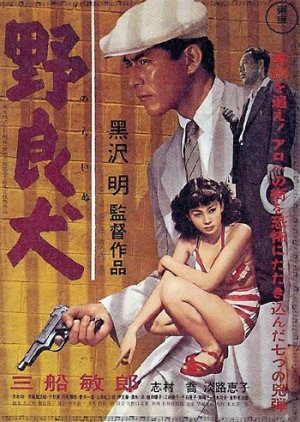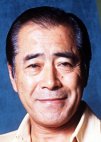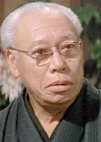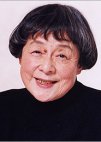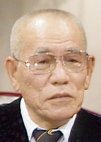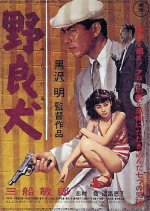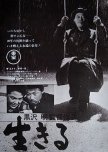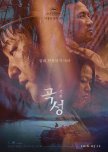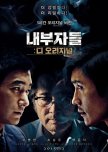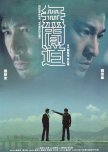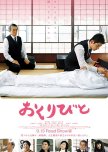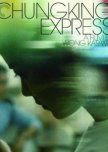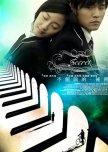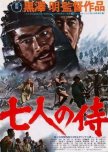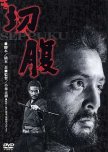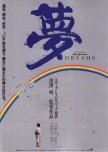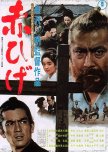 An Ultra Fan's Guide to Mifune Toshiro
An Ultra Fan's Guide to Mifune Toshiro - Português (Brasil)
- English
- magyar / magyar nyelv
- dansk
- Título original: 野良犬
- Também conhecido como: Nora Inu ,
- Roteirista e Diretor: Kurosawa Akira
- Roteirista: Kikushima Ryuzo
- Gêneros: Mistério, Crime, Drama
Onde assistir Stray Dog
Grátis (sub)
Elenco e Créditos
- Mifune ToshiroDetective MurakamiPapel Principal
- Shimura Takashi Papel Principal
- Sengoku NorikoHimoPapel Secundário
- Kawamura ReikichiDetective IshikawaPapel Secundário
- Tono Eijiro"Cooper"Papel Secundário
- Iida Choko[Kogetsu's mistress]Papel Secundário
Resenhas

Esta resenha pode conter spoilers
Misfortune makes or breaks you
Misfortune makes or breaks you, depending on the choices you make. Kurosawa takes on postwar Japan's class divide and poverty and the choices people have to make in the face of destitution. Mifune Toshiro and Shimura Takashi star in one of the first buddy cop movies of all time. Mifune as the beleaguered rookie and Shimura as the smooth mentor made a great partnership.The plot stems from rookie Murakami's service revolver being pickpocketed on a crowded bus. He feels responsible and despondent over its loss. His supervisor refuses to let him give into despair and ultimately teams him up with the experienced Sato. His gun is used in several crimes causing him greater grief as the crimes and violence intensify. This is no brainless, violent cops and robbers film. Kurosawa gives the faceless villain, Yusa, humanity even with the bad things he's done through the witness of other characters. The problems of rampant poverty and crime are highlighted as well as the problems soldiers coming home from the war faced. Murakami and Sato do old fashioned detective work, following the clues and often waiting and being persistent. Kurasawa even has the detectives track a Yakuza at a filled to capacity baseball game where they have to put the welfare of the crowd over their own goals.
I hesitate to write too much about the story after trying and ending up with three pages which hit my editing floor. This was a beautifully made film with amazing framing and compositions. Kurosawa wasn't afraid to linger over shots, especially when they were gloriously put together. Nakai Asakazu did a stunning job with the cinematography. The lighting was especially complex in many shots. There was masterful work going on with this film.
Tokyo was in the middle of not only a crime wave but also a heat wave and you could almost feel the sweat streaming down the characters' backs. As the film nears the culmination the clouds darken and the torrential rain that breaks through also symbolizes the unleashing of the greatest brutality the characters would face as they finally come upon their quarry.
At one point in the movie, Sato and Murakami have a deep conversation at Sato's house. Sato sees Yusa as simply a bad guy who must be caught. Murakami sees himself in Yusa. They both came home from the war only to have their knapsacks stolen on a train. Yusa chose to become bitter and turn to crime, Murakami chose to work on the problem by becoming a policeman. “They say there’s no such thing as a ‘bad man,’ only bad situations,” Murakami said. Sato reminds him of all the damaged sheep left in the wolf's path. A peek at Sato's children sleeping reminds the viewer that children represented the future of Japan, pure and vulnerable who would face their own choices. Would they give into materialism and crime or take the more honorable path?
A scene with Yusa's girlfriend, Harumi, and her mother showed the differences in the generations. Her mother dressed in the wartime austere clothes while Harumi dressed in a far more decorative dress. When the reason Yusa needed the gun to begin with comes to light it highlights the great gap between the classes and how a dress in a window could cause deep seated resentment.
Mifune Toshiro gave a performance that reached several octaves. Always a live wire, you could see his energy coiled and unleashed on occasions as he dealt with the anguish of his gun being used in crimes. He was the perfect Kurosawa hero, tortured and honorable. When he finally faces his alter ego with 3 bullets left in the chamber and a vicious fight takes place, leaving us to wonder who is who, we are reminded not only of their similarities but also the differences in the choices they made. Shimura Takashi was the levelheaded mentor who saw through people and picked up on clues while his pupil was wrapped up in his own head and feelings at times. He gave an incredibly cool performance as the mature detective who knew he could often get what he wanted with honey and smooth words.
The only drawback for me was a lengthy 8-minute part of the film when Murakami goes undercover in the black market for a few days trying to find someone to buy a gun from. Honda Ishiro (Godzilla) followed Mifune around with a hidden camera discreetly filming the homeless and people selling and trading in the market. At one time Tokyo had 60,000 black market vendors. Even during the war people had to use them to find food and clothes. Like a bamboo, people would sell layers of clothes and personal items to get what they needed. After the war people were starving, some to death. He also showed some of the burned-out buildings leftover from the bombings. Though people were dependent on the black market to survive it also bred the Yakuza with gangs having their own territories. Kurosawa apparently had a difficult time leaving much of this footage out, but it felt like it would have been more meaningful if he had culled it down. Japan's economic recovery wasn't far away so this was an historical time capsule of how the people had to live which I appreciated being able to see even if I wish he'd edited it more.
I could talk about his film at length but will leave you with this. The film discussed pertinent social dilemmas and existential questions. The acting was skillful and artfully balanced. The frames, lighting, sets, and composition were skillfully done. It could be slow in places, but Kurosawa also knew when to hit the accelerator and when to brake, when to ramp up the tension and when to take a breath. If you are prepared to be patient when the movie slows and lingers, I can easily recommend this gem.
10/7/22
Esta resenha foi útil para você?
Recomendações
There have been no recommendations submitted. Be the first and add one.

